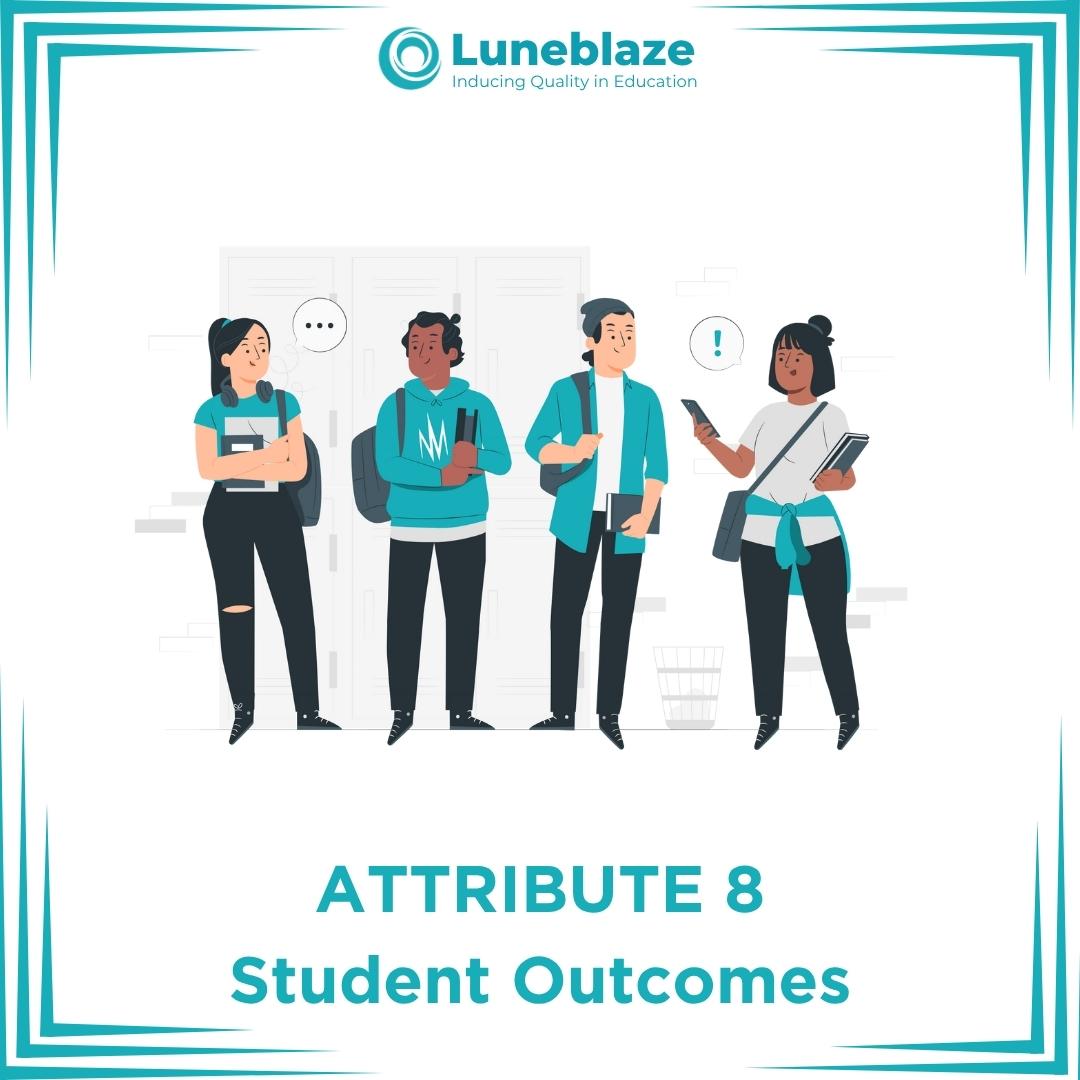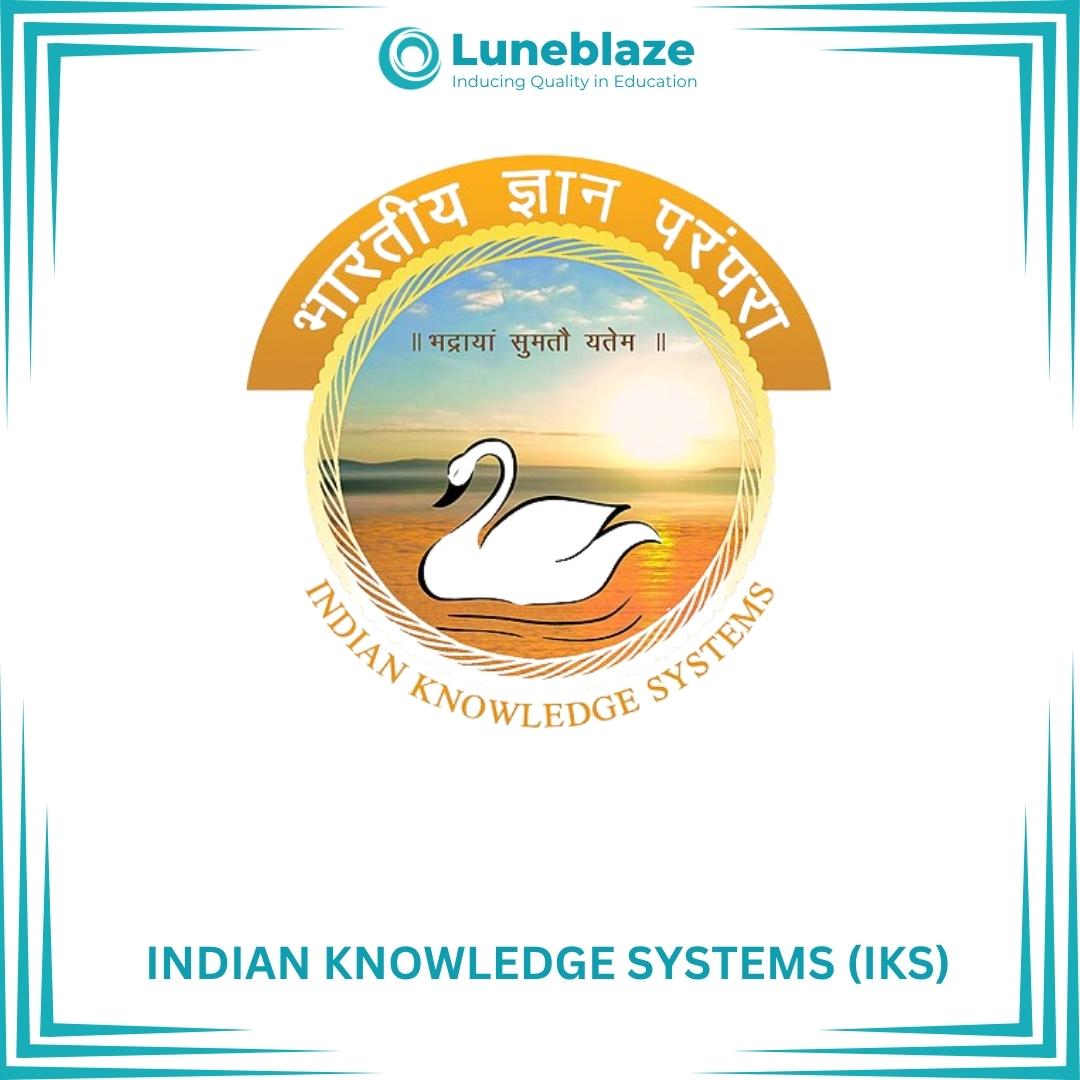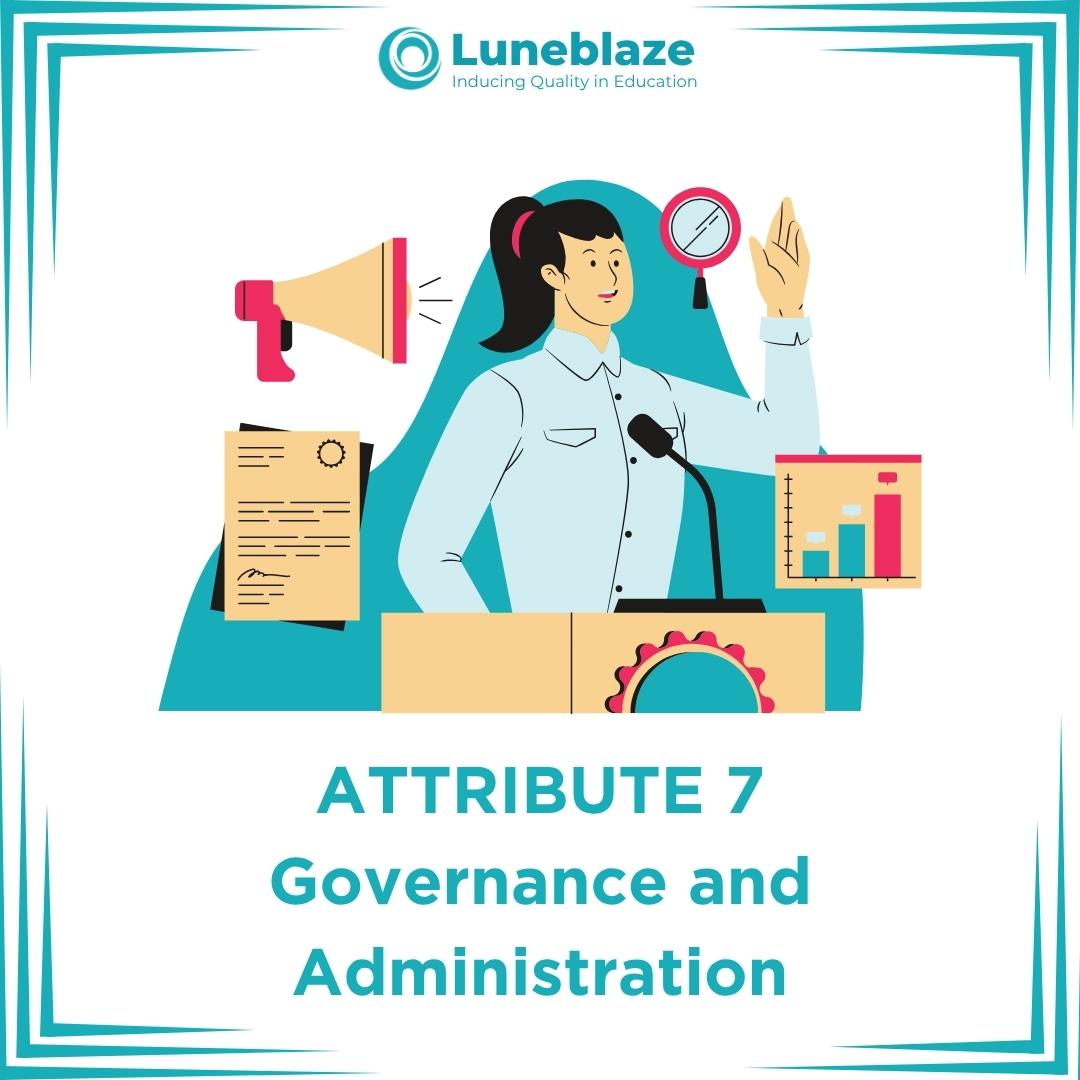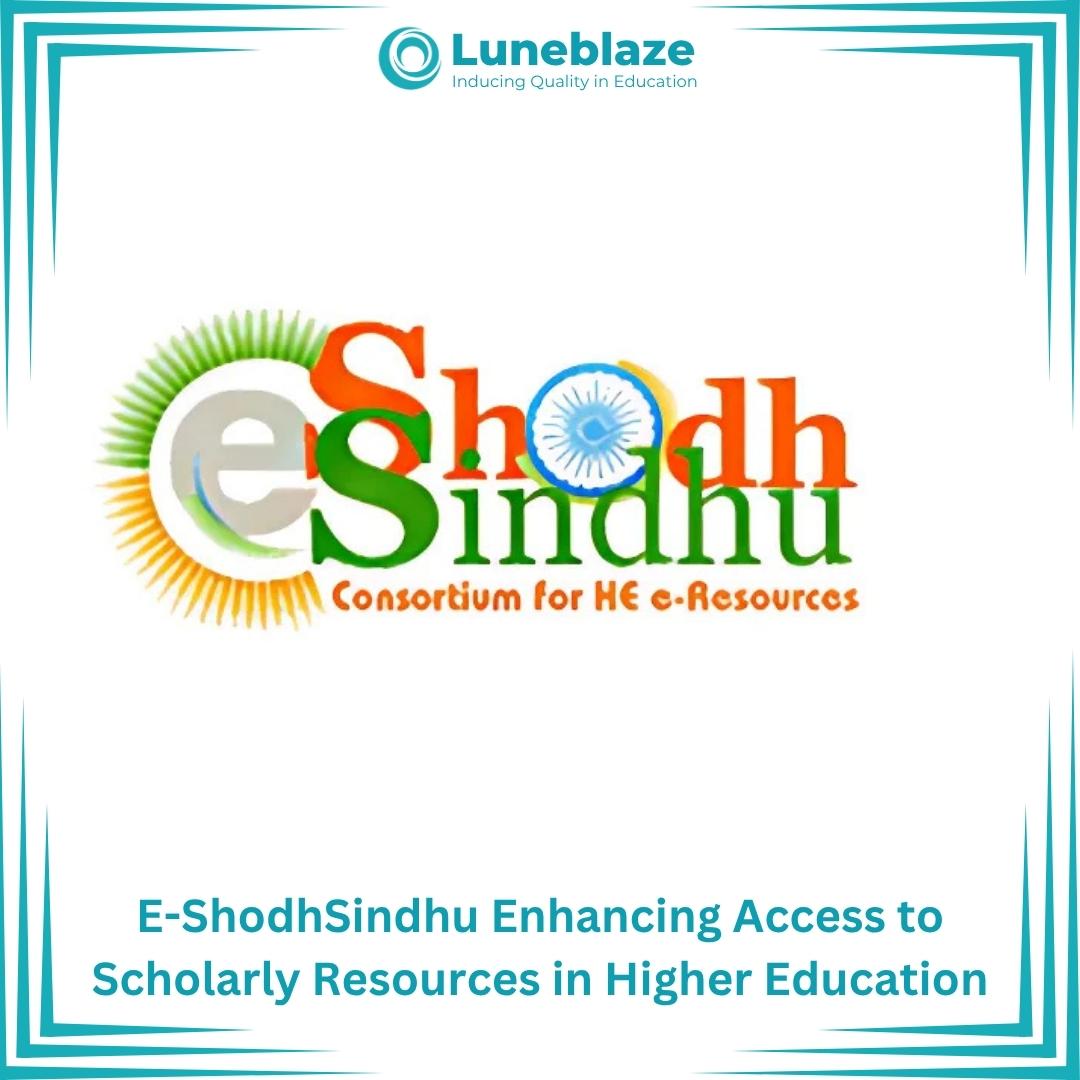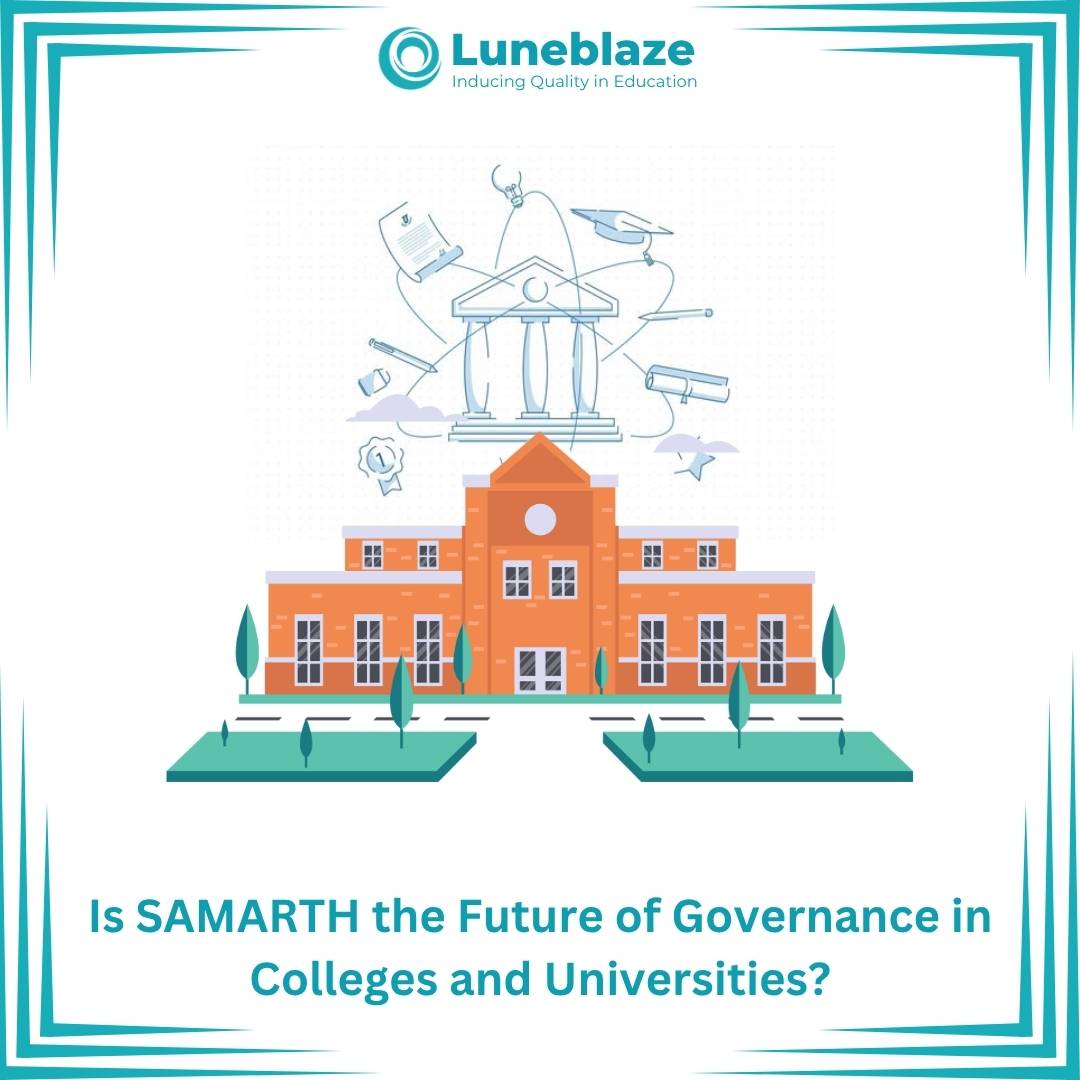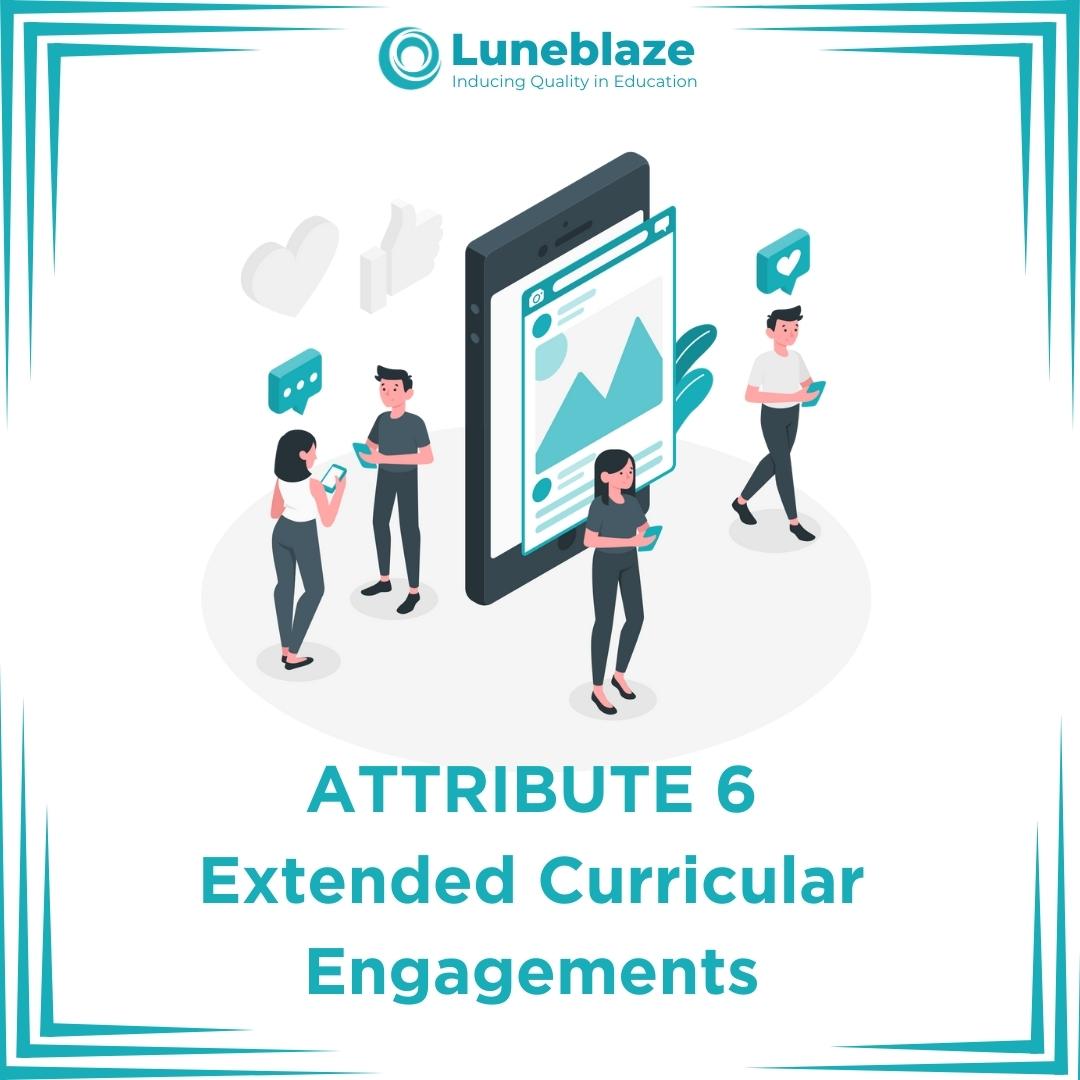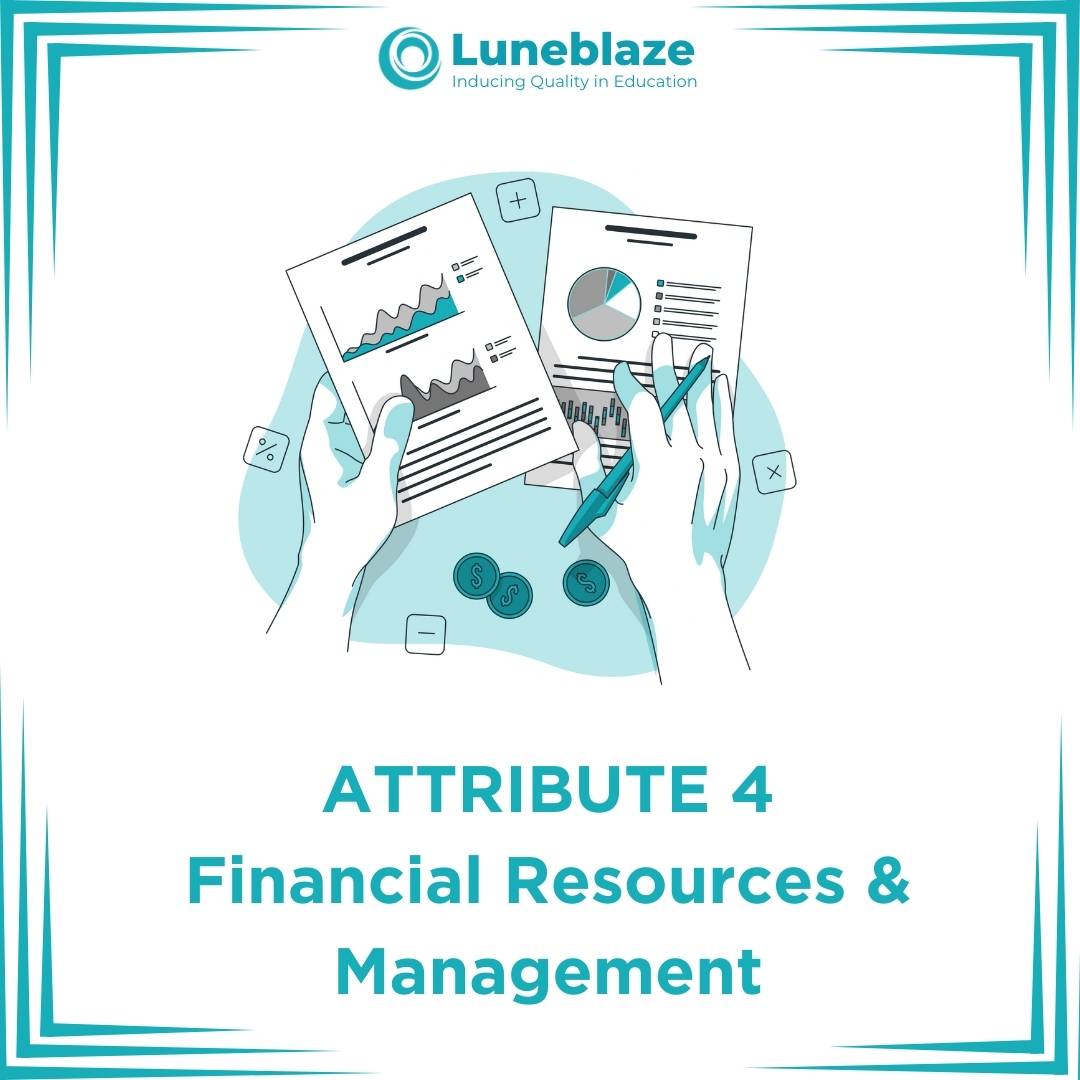Learning and Teaching: Attribute 5 in NAAC's Binary Accreditation Framework
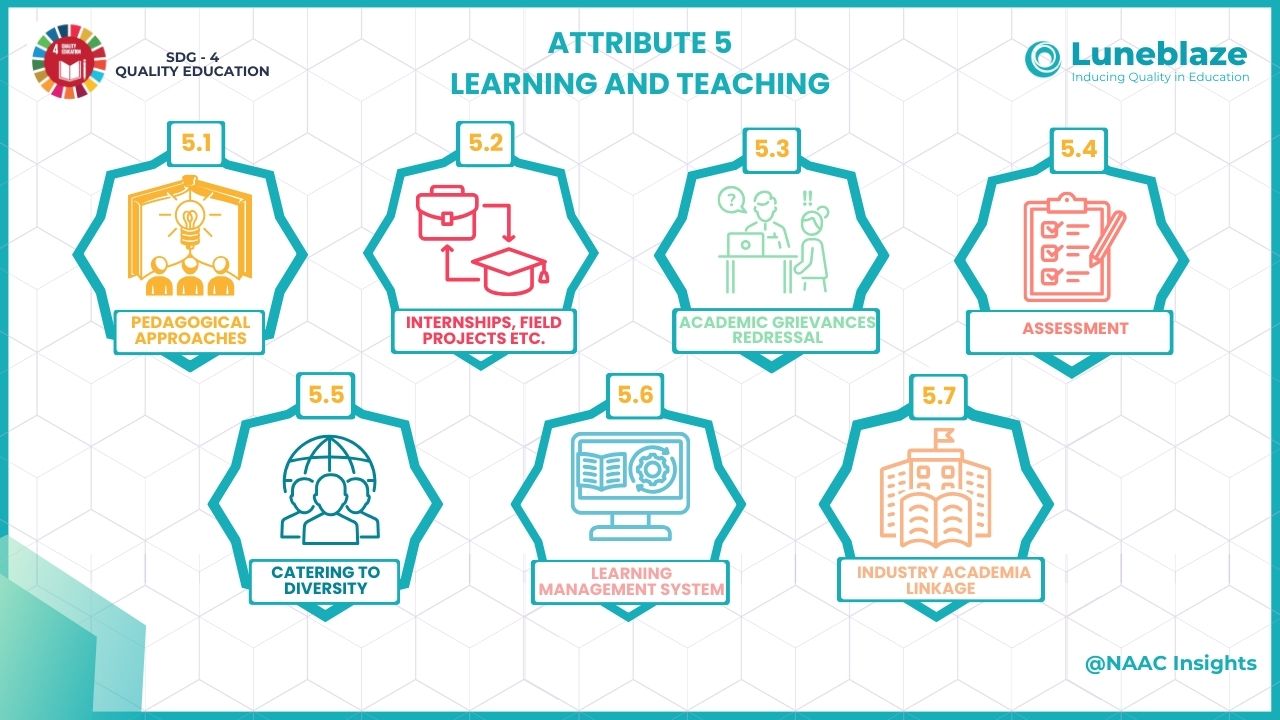
26 Apr 25
Imagine a classroom where students are active participants, with teaching methods that adapt to diverse learning needs and integrate real-world skills. The NAAC Binary Accreditation Framework emphasizes dynamic, interactive learning and effective pedagogical approaches that support student success. This framework evaluates HEIs on their ability to provide student-centered environments, fostering academic quality and innovation. It guides institutions in developing robust teaching-learning frameworks, including diverse assessments, internships, and grievance redressal mechanisms, ensuring a holistic and inclusive educational experience. By adhering to these standards, institutions can enhance their overall educational quality.
5.1 Pedagogical Approaches: Teaching learning techniques include:
1. Lecture-based teaching-learning: A traditional method where a professor imparts knowledge to a large group of students.
2. Group teaching and learning: Encourages collaboration and peer interaction, where students work together on projects or discussions, leading to a deeper understanding of the subject matter.
3. Individual learning/self-study: Promotes independent thinking, self-discipline, and self-directed learning outside of the classroom setting.
4. Inquiry-based learning: Encourages students to explore and research topics of interest, fostering critical thinking and curiosity.
5. Kinesthetic learning: Engages students through physical activity and hands-on experience, appealing to those who learn best through movement.
6. Game-based learning: Uses games and interactive activities to create immersive and engaging learning experiences, making the process fun and educational.
7. Expeditionary learning: Involves real-world challenges and field-based learning, providing an opportunity for students to explore and apply knowledge in real-life contexts.
8. Technology-based learning: Utilizes digital tools and online platforms to facilitate learning, making education more accessible and flexible.
9. Peer teaching: Encourages students to take on teaching roles, reinforcing their understanding while helping others learn.
10. Learning through problem-solving: Challenges students to apply theoretical knowledge to solve real-world problems, enhancing critical thinking and problem-solving skills.
11. Other (please specify): Any additional teaching method or pedagogical approach not covered above.
5.2 Internships, Field Projects, etc..
HEIs are increasingly prioritizing internships and field projects to bridge the gap between academic knowledge and practical application. These hands-on experiences expose students to real-world environments, helping them develop essential skills and gain industry insights. Field projects allow students to tackle actual problems, enhancing their resumes with practical expertise. The level of student participation in these opportunities reflects an institution’s commitment to preparing industry-ready graduates, ensuring that learning is connected to real-world contexts and equipping students with the skills necessary for their careers.
5.3 Assessment
The Continuous Evaluation system of the institution is conducted at different intervals using different methods like:
1. MCQ (Multiple Choice Questions): A quick method to assess students' foundational understanding of key concepts.
2. Portfolio: A collection of student work showing their learning progress over time.
3. Open book exam/take-home exercises: Assessments that encourage critical engagement with materials and deeper thinking.
4. Case study: Challenges students to analyze real-world situations and apply their knowledge practically.
5. Projects/Assignments: Tasks that test students' ability to apply theoretical knowledge to real-world problems.
5.4 Academic Grievances Redressal
The Grievance redressal system includes:
1. Sharing copies of answer script: Allows students to review and understand their exam answers, ensuring transparency in grading.
2. Re-totaling: Recalculates exam scores to verify accuracy in evaluation.
3. Re-evaluation: Reassesses exam papers to ensure fair grading and resolve any discrepancies.
4. Faculty consultation on student performance: Provides personalized feedback and guidance for academic improvement.
5. Attendance: Addresses attendance-related grievances, ensuring fair treatment in exceptional cases.
6. Any others: Additional grievance redressal options for specific student concerns or needs.
5.5 Catering to Diversity: Support for Differential Learning needs include
1.Inclusive Remedial Teaching: Provides extra support to struggling students, ensuring all learners receive the help they need.
2. Peer-assisted Remedial Teaching: Students help each other understand course material, reinforcing knowledge through peer interaction.
3. Multi-Sensory Remedial Teaching: Uses multiple senses to enhance learning, especially beneficial for students with learning disabilities.
4. Skill-based Teaching: Develops practical skills alongside theoretical knowledge, preparing students for real-world challenges.
5. Individualized Teacher Interventions: Offers personalized support based on individual students' learning needs.
6. Language Barrier Remedial: Supports students facing language challenges to ensure academic success.
7. Any other (please specify): Additional support strategies for addressing specific learning needs.
5.6 Learning Management Systems (LMS): The Institution’s LMS includes the following:
1. Sharing Teaching Material: LMS platforms enable easy access to course materials, allowing students to study remotely.
2. Submission of Assignments: LMS allows students to submit assignments electronically, streamlining tracking and management.
3. Mobile Learning: Provides students with the flexibility to access materials and engage with content on mobile devices anytime, anywhere.
4. E-discussion Platforms: LMS includes platforms for online discussions, encouraging collaboration and idea exchange.
5. Assessment Outcome: LMS tracks and provides timely feedback on assessments, helping students understand their performance.
6. Blended Learning Support: Combines in-person and online learning, offering a flexible, digital-enhanced educational experience.
7. Asynchronous Learning: Enables students to learn at their own pace, making education more accessible and flexible.
5.7 Industry-Academia Linkage
The connection between academia and industry ensures education stays relevant to market demands. Collaboration can include guest lectures, field visits, and workshops, helping students gain practical exposure through internships and industry visits. These partnerships align the curriculum with industry needs and equip students with the skills required for the job market.
HEIs are increasingly focusing on a student-centered approach to learning by integrating diverse teaching methods, fostering industry ties, and offering robust support systems. With frameworks like NAAC, HEIs are positioned to deliver transformative education that prepares students to excel in an ever-changing world, creating confident individuals ready for any field.
To assist these efforts, Luneblaze provides a comprehensive end-to-end solution to HEIs for all their accreditation criteria needs. With the help of Luneblaze’s AI-enabled solutions, HEIs can organize and manage all their data related to accreditation.
Together, let’s raise educational standards. Reach us at: naac@luneblaze.com
Trusted by
100+
Institutions
worldwide
since 2017
Get started with Accreditation Excellence
Explore how our AI-enabled accreditation solution simplifies the accreditation journey

